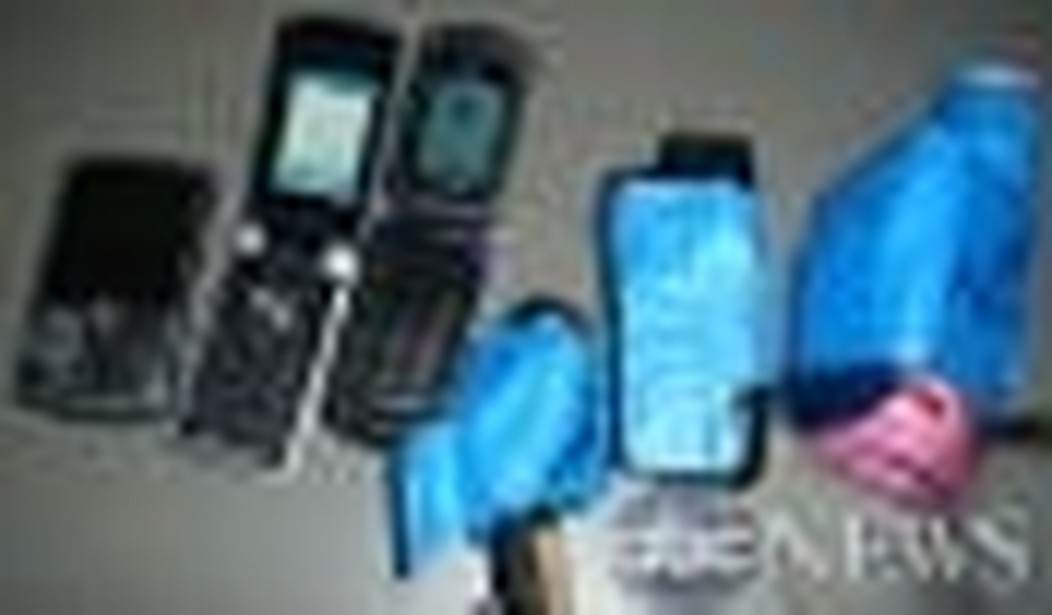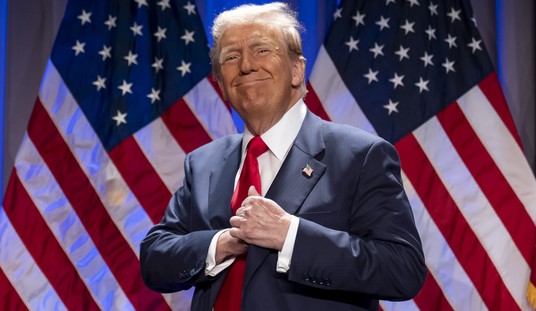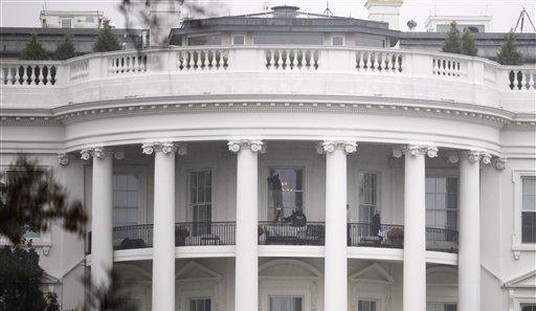Update (1:50 PM PDT): Several news outlets including the NYT and the AP are saying terror ties in the Amsterdam arrests are now being “doubted.” The insinuation by the NYT reporter speaking on NPR just a little while ago was that Brian Ross, who broke the story for ABC, got burned. Not so fast. The TSA bureaucracy continues to have a total lock down on speaking to reporters on the record about any of this and all questions are being fielded through parent agency DHS. If the NYT is willing to toe the DHS party line without looking further, that’s certainly their choice but it should by no means be taken as the final word.
DHS won’t confirm if in fact one of the men had been in the U.S. on an expired Yemeni visa. And they won’t answer the question, “why were the men arrested in the first place?” In these situations, suspects are far more commonly held for questioning and then released.
Customs and Border Patrol confirmed with me that both men would have had to fill out an I-94 form when they left the United States. Since that information goes to flight attendants and not federal agents, the men could have easily misrepresented their visa status. But that would not have triggered an arrest in Amsterdam.
————————–
UPDATE: Holes continue to grow in the dry run story. Interviews with law enforcement and airline personnel have brought up a key question.
It remains unreported where exactly al Soofi went through customs — namely in Birmingham or Chicago. This would help explain whether or not al Soofi’s luggage had been cleared all the way to Yemen in Alabama. If not, he would have had access to the box cutters and knives in his bags, as well as his mock bombs, at the airport in Chicago when he retrieved them to transfer to an international flight. If he was cleared all the way to Yemen, then when he was in Chicago he would have moved through a secure area during his transfer process. Once an international passenger has been cleared by U.S. customs, the federal security rules change considerably. If al Soofi was cleared for international travel in Birmingham, Alabama, then he should not have been able to change his ticket to an entirely different continent (Europe) so easily in Chicago — certainly not without his bags coming off the Yemen-bound airplane. The air carrier involved in the Yemen-bound flight has not been named and United Airlines has not returned calls.
————————–
Ahmed Mohamed Nasser al Soofi, a Yemeni man residing in Detroit, and Hezem al Murisi, a Yemeni man in the U.S. on an expired visa, were arrested in Amsterdam on Monday at Schiphol Airport after having conducted what federal law enforcement are saying was a dry run for a terrorist attack.
“This was almost certainly a dry run, a test,” a senior law enforcement official told ABC News.
The two men flew to Amsterdam on United Airlines Flight 908 from Chicago. CNN reports there were federal air marshals on board the transcontinental flight. At least one of the men is being accused of placing mock bombs in the cargo hold of a different aircraft. “What good [is it] having federal air marshals on the plane if terrorists can get bombs on the plane through incompetent TSA screening?” a retired federal air marshal told Pajamas Media.
It appears al Soofi and al Murisi met up in Chicago for the Amsterdam-bound flight after flying in earlier in the day from Alabama and Tennessee, respectively. Al Soofi began his journey in Birmingham, where he had been picked out for secondary screening after a TSA screener found his baggy clothing to be suspicious. According to law enforcement, the suspicion triggered a baggage search in Alabama and revealed that al Soofi had mock bombs, large knives, and box cutters in his checked baggage — none of which are illegal when placed inside the belly of an airplane. Al Soofi’s mock bombs were made of cell phones and several watches taped to various sized plastic bottles. These are historically the components terrorists use to create improvised explosive devices, or IEDs.
Because al Soofi’s mock bombs did not contain actual explosive material, TSA allowed him to board the plane and fly to Chicago. While defying common sense, carrying mock IEDs does not defy TSA security. Apparently neither does the fact that al Soofi was carrying $7,000 in cash and was destined for Yemen.
But the situation moved from unbelievable to outrageous in Chicago, where al Soofi was able to check his bags on a flight headed first to Dulles International Airport in Washington, D.C., and then on to Dubai and Yemen. But al Soofi did not board the D.C.- Dubai-Yemen flight. Instead, he boarded an entirely different flight, the United Airlines flight to Amsterdam. Did al Soofi originally buy two different tickets, which would have put him in two different places at once? Or did he change one ticket at the last moment? And if he changed his ticket at the last moment — oddly switching his destination to an entirely different continent in the 11th hour — then why weren’t his checked bags taken off a flight headed for the nation’s capital first? Most confounding of all is the fact that the TSA has no follow-up protocols. Why wasn’t the TSA in Chicago notified by the TSA in Alabama that a suspicious passenger named Ahmed Mohamed Nasser al Soofi (who was to headed to Yemen, the State Department’s newest, biggest al-Qaeda concern) was coming through O’Hare with checked bags packed with knives, box cutters, and mock bombs? The TSA’s annual budget costs taxpayers $8 billion dollars a year. What are they spending those dollars on? How many suspicious moves does it take to catch a terror suspect in a federalized airport today?
Clearly, there is considerably more going on with this story than law enforcement officials are currently saying. Very little is known about the second man, Hezem al Murisi, with CBS reporting that he may not be linked to al Soofi at all. Time will reveal more. One thing is clear. Rarely are terror suspects arrested for conducting dry runs, which are notoriously difficult to prove. The story of al Soofi and al Murisi is unique in that they have already been arrested. What else does law enforcement now know? The TSA did not return calls.
Equally frightening as the two terror suspects, and sadly increasingly less rare, are the dangerous missteps yet again made by the TSA.
veral news outlets including the NYT and the AP are saying terror ties in the Amsterdam arrests are now being “doubted.” The insinuation by the NYT reporter speaking on NPR just a little while ago was that Brian Ross, who broke the story for ABC, got burned. Not so fast. The TSA bureaucracy continues to have a total lock down on speaking to reporters on the record about any of this and all questions are being fielded through parent agency DHS. If the NYT is willing to tow the DHS party line without looking further, that’s certainly their choice but it should by no means be taken as the final word.
DHS won’t confirm if in fact one of the men had been in the U.S. on an expired Yemeni visa. And they won’t answer the question, “why were the men arrested in the first place?” In these situations, suspects are far more commonly held for questioning and then released.
Customs and Border Patrol confirmed with me that both men would have had to fill out an I-94 form when they left the United States. Since that information goes to flight attendants and not federal agents, the men could have easily misrepresented their visa status. But that would not have triggered an arrest in Amsterdam.









Join the conversation as a VIP Member